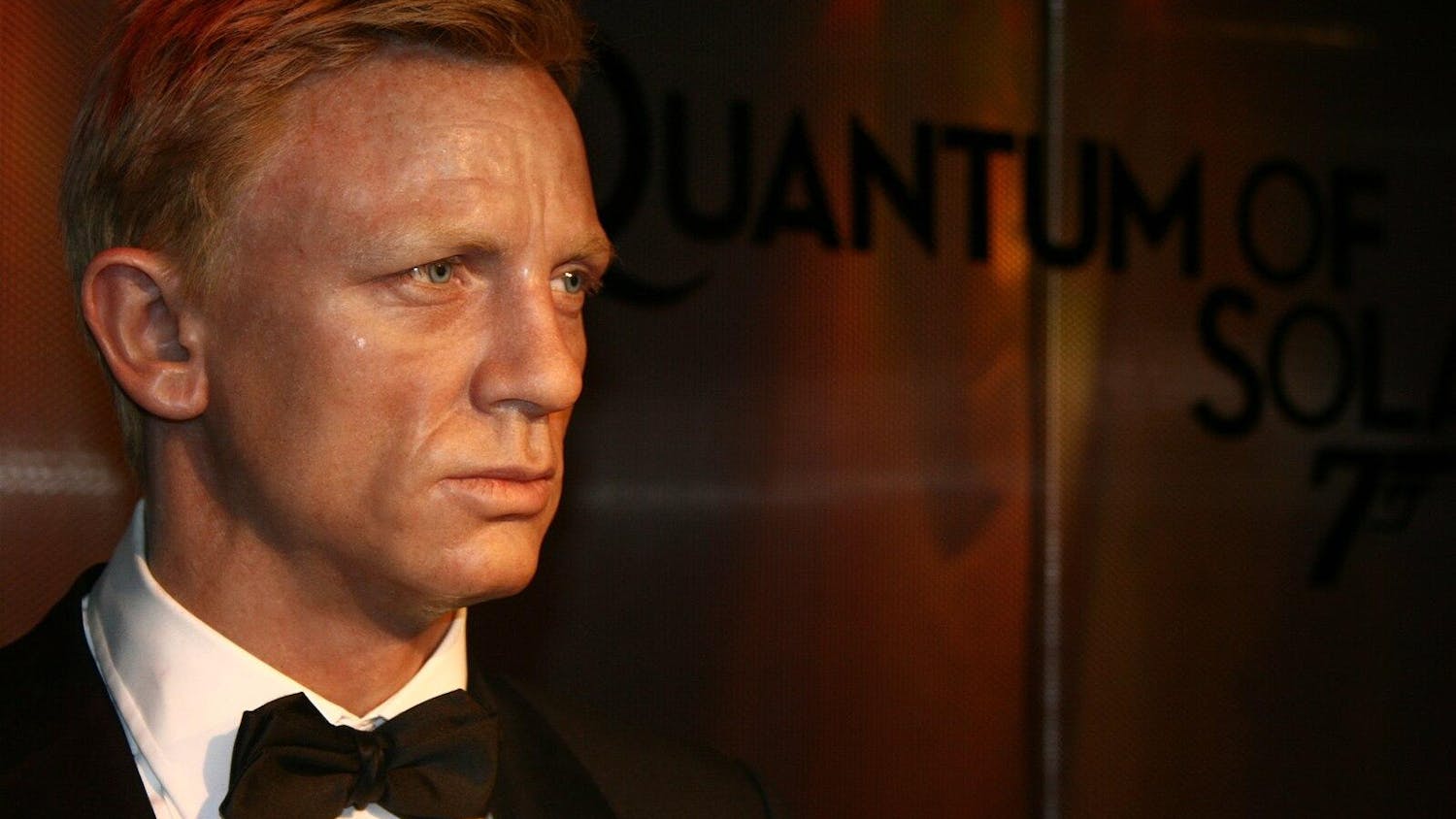A decade and a half ago, Tahirih Motazedian watched HiRISE, the University of Arizona’s High Resolution Imaging Science Experiment, hitch a ride to Mars with NASA’s Mars Reconnaissance Orbiter from Cape Canaveral, Fla. — a mission of which she was an integral part. Before that, Motazedian was at NASA, where she had worked on mission support for the Genesis Mission and for Apollo Missions 15, 16 and 17. Though she boasts this impressive experience in the field of planetary science, Motazedian, now an assistant professor at Vassar College, recently visited Tufts to speak not about her scientific background but her current area of study: music theory in film.
Having entered school with the hopes of becoming a professional musician thanks to her violin and piano skills, Motazedian was forced to set aside her performance career after an injury. In an attempt to fulfill some general education requirements, she took a summer astronomy course at the University of Oregon, and within minutes, she was hooked. However, Motazedian expressed in an interview with the Daily that she regretted having to leave music behind, even with her established career in science.
“At one point, I realized that I could come back to music by doing music theory,” Motazedian said. “I gave my resignation a week later and started preparing to enter grad school in music theory.”
After her focus shifted, Motazedian completed her second bachelor’s degree, this time in music theory, at the University of Arizona. She then completed her Ph.D. in music theory at Yale University, writing her dissertation on tonal design in film music.
On Oct. 7, Motazedian gave a lecture at the Perry and Marty Granoff Music Center as a part of its colloquium speaker series, and gave an insightful presentation that was very well-received by the audience. Through a series of musical case studies, Motazedian explained how tonality, or the character of a piece of music as dictated by its key, plays a significant role in sonically illustrating character development, plot points and overarching themes in films.
Many scholars of music theory have been captivated by the complexity of film soundtracks — which Motazedian operationally-defined as being a combination of music, musical cues and other sound effects — but, according to Motazedian, have not looked at film tonality as multipartite works. Some of this unique insight could be a result of Motazedian’s scientific past.
“I don’t think that I would have been drawn to music theory in the same way if I didn’t come from my STEM background first,” Motazedian said. “I apply a lot of the same types of thinking and working processes that I did in science to my work in music theory. [Science] informs everything I do, even though I am working with completely different types of research and data.”
Motazedian’s complex tonal analysis was, in its simplest sense, scientifically methodological. Through the use of thorough yet comprehensive graphs and charts mapping tonal progressions of soundtracks, the “easily traceable intentionality” of selected soundtracks, as described by Motazedian in her lecture, became evident.
As heard in Motazedian’s tonal analysis of “The Talented Mr. Ripley” (1999), certain keys first heard in diegetic performances of Pyotr Ilyich Tchaikovsky’s opera “Eugene Onegin” (1879) and J.S. Bach’s “Italian Concerto” (1735) and the associated plot points and emotions present in said performances dictated the tonal structure of the rest of the film. The murderous themes of “Eugene Onegin” are accompanied by a dark, D minor melody and, in the interest of not spoiling the film, are suggestive of the main character's already-unstable emotional state in "The Talented Mr. Ripley." Each moment in the film featuring his dark side is accompanied by a theme in D minor, paying homage to “Eugene Onegin.”
This analysis elicited a disbelieving murmur among the audience, many of whom were music department members, but Motazedian was not finished.
She continued in arguing that “Italian Concerto,” like “Eugene Onegin,” does not only provide tonal structure but narrative structure as well. This reference to Italy is an allusion to Tom’s impending trip to Italy, an important threshold crossed in the film. This concerto was performed in the key of F major, which Motazedian said underscores nearly every fleeting moment of happiness in the film thereafter.
Motazedian’s lecture was met with great praise and interest from audience members. For more on the Granoff Music Center colloquium speakers, visit the Granoff Music Center events calendar.
Vassar professor Motazedian presents in Granoff colloquium series

Vassar College Assistant Professor of Music Tahirih Motazedian poses for a portrait in Varis Lecture Hall in the Perry and Marty Granoff Music Center on Oct. 7, 2019.





